It was love at first rev. A distant “braaaaap” filled the atmosphere, and grew louder as the car raced its way through the wooded course of the Empire Hill Climb. My eardrums became more excited with every passing moment, and when the little boxy white-and-yellow Toyota Starlet rounded the corner at full-throttle, the roar was so extravagant that I could see all the colors of the sound waves. I stood in awe for several minutes after it passed, enjoying the after-effects of the eargasm. Every backfire forced my grin upward, and I only came-to when a final breeze through the woods washed away the remaining reverberations.

Owner, driver and builder Mikko Kataja knows his car better than the back of his hand. He bought the 1979 Starlet as a stripped-down, sad-looking project car. With more determination than money, Kataja rose to the challenge at the perfect time. A student of Motorsport Engineering in Finland, he had access to a professional workshop with tools galore, and he built the Starlet to Finnish Group F rally regulations.
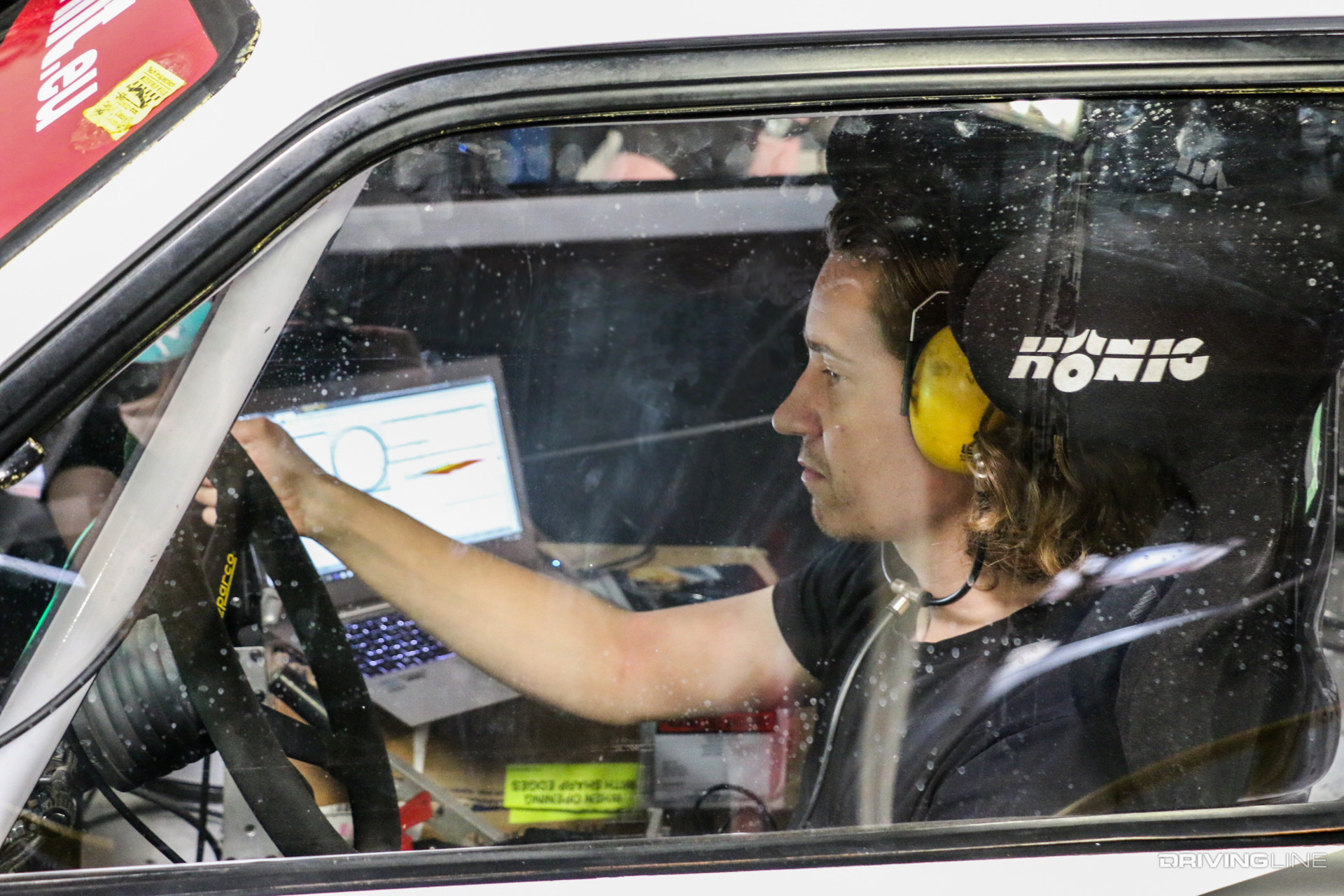
“In 2002, after driving in my first rally in Iisalmi, Finland, I was hooked,” he said. Kataja drove in several rallies and sprints and continued to perfect the car and his skills. In 2004, the Starlet was crashed and rolled during the last corner of the season’s final rally. But it wasn’t all bad: there were no injuries, and this was a chance for Kataja to re-build the pocket-rocket into an even more competitive machine.
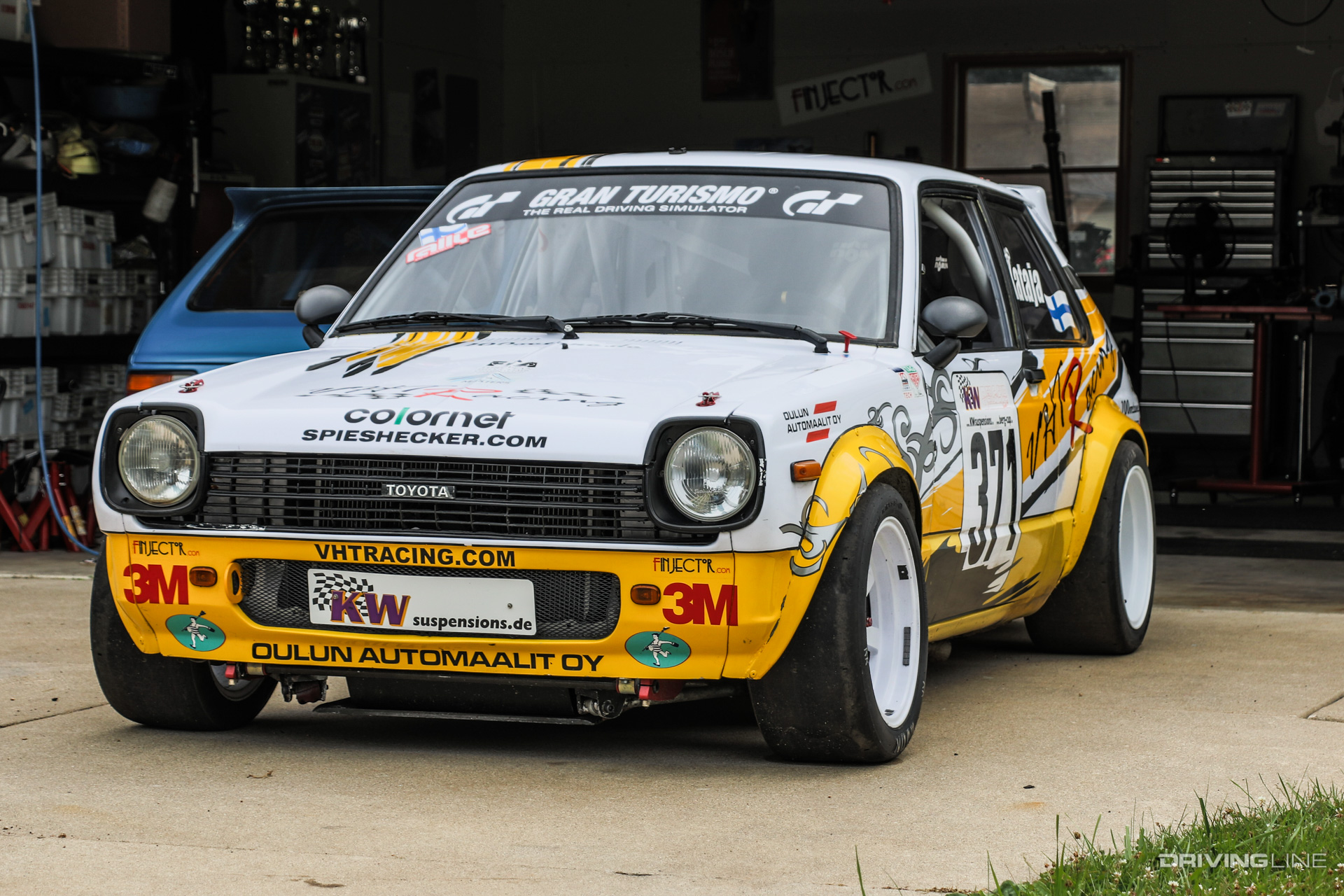
Repairs were made with his dad’s help: The 4K 1,430-cc engine was overhauled and given a new Tatech 4 ECU. It ran happily and with more power until the engine gave way to high mileage in 2005. Any major improvements had to wait until his studies and involvement in the Formula Student project were complete. The Starlet was tucked away until 2009, when Kataja graduated as an Automotive Electronics Engineer and opened his own shop, VHTRacing Engineering.
The current driveline is a 4AGE 16-valve engine controlled by a MS6.4 ECU. A Sadev six-speed sequential gearbox paired with a carbon fiber driveshaft sends power to the wheels. The Starlet accelerates from 0-60 in 4.5 seconds and creates 250 hp at 10,200 rpm. No wonder I heard it screaming long before I could see it.
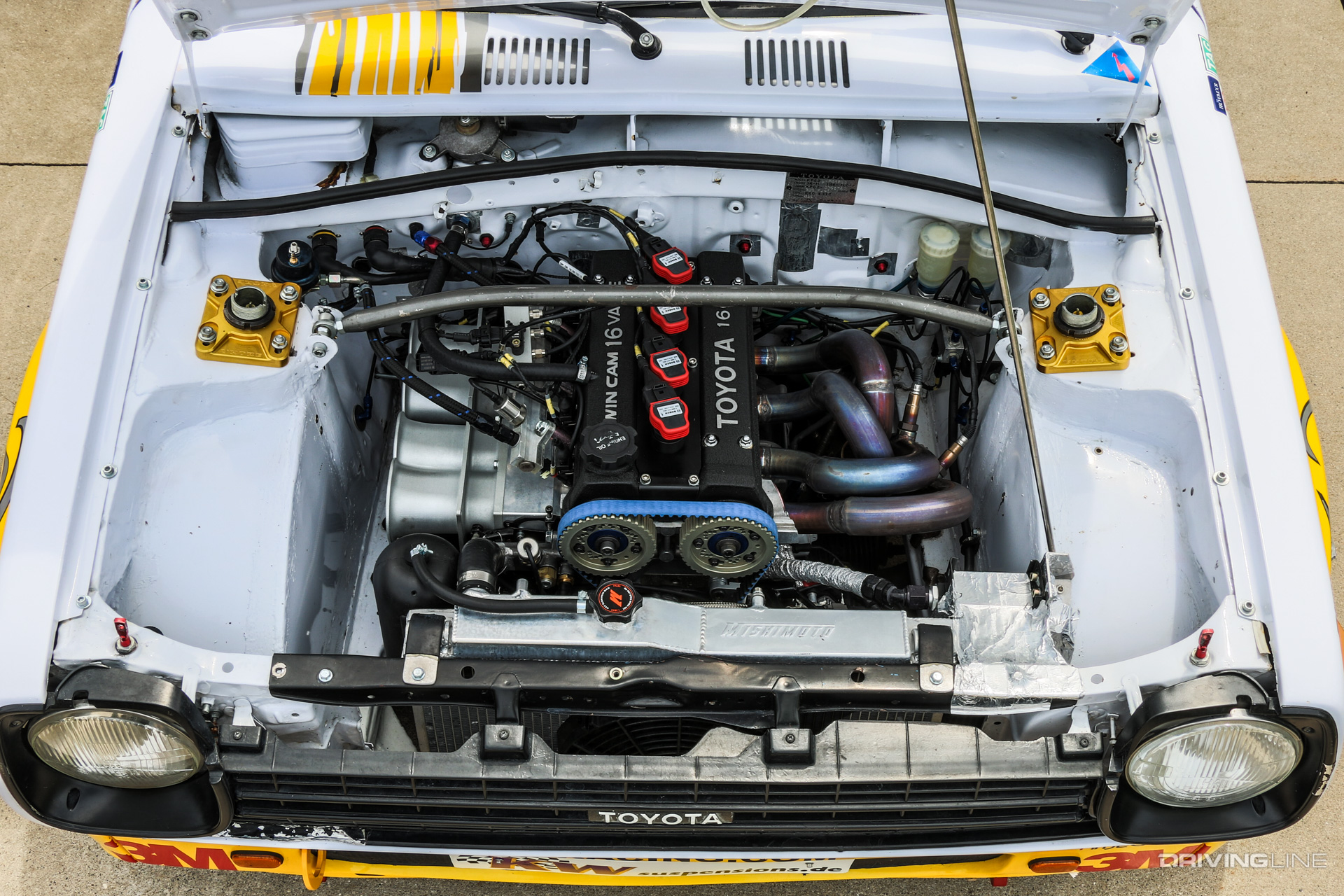
For optimum handling fit to accommodate Kataja’s mad driving skills, the Scarlet sits on an adjustable front and rear suspension with heavy-duty sway bars and a custom spring and shock assembly by KW in Germany. Good braking power makes for better times, so Kataja installed AP Racing front calipers on Wilwood vented discs, with Wilwood calipers on the rear.
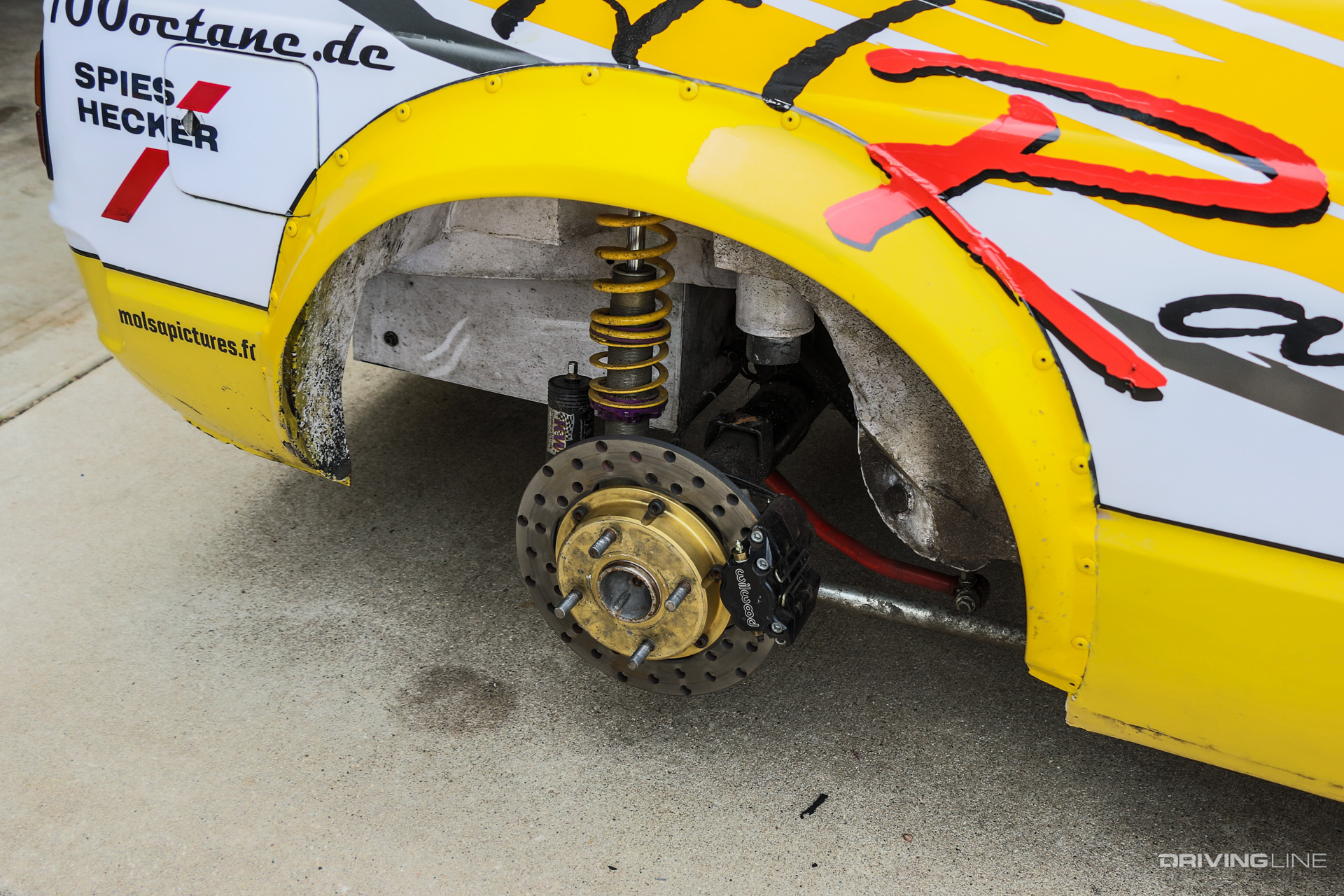
Kataja makes sure he is prepared for any condition: multiple tire combinations of various compounds are found in his trailer to battle through any road and weather condition, whether gravel, tarmac or mud, or rain, snow and ice.
The interior holds a full roll cage, Sparco steering wheel and bucket seats, a flocked dash and a DDU7 digital dash logger.
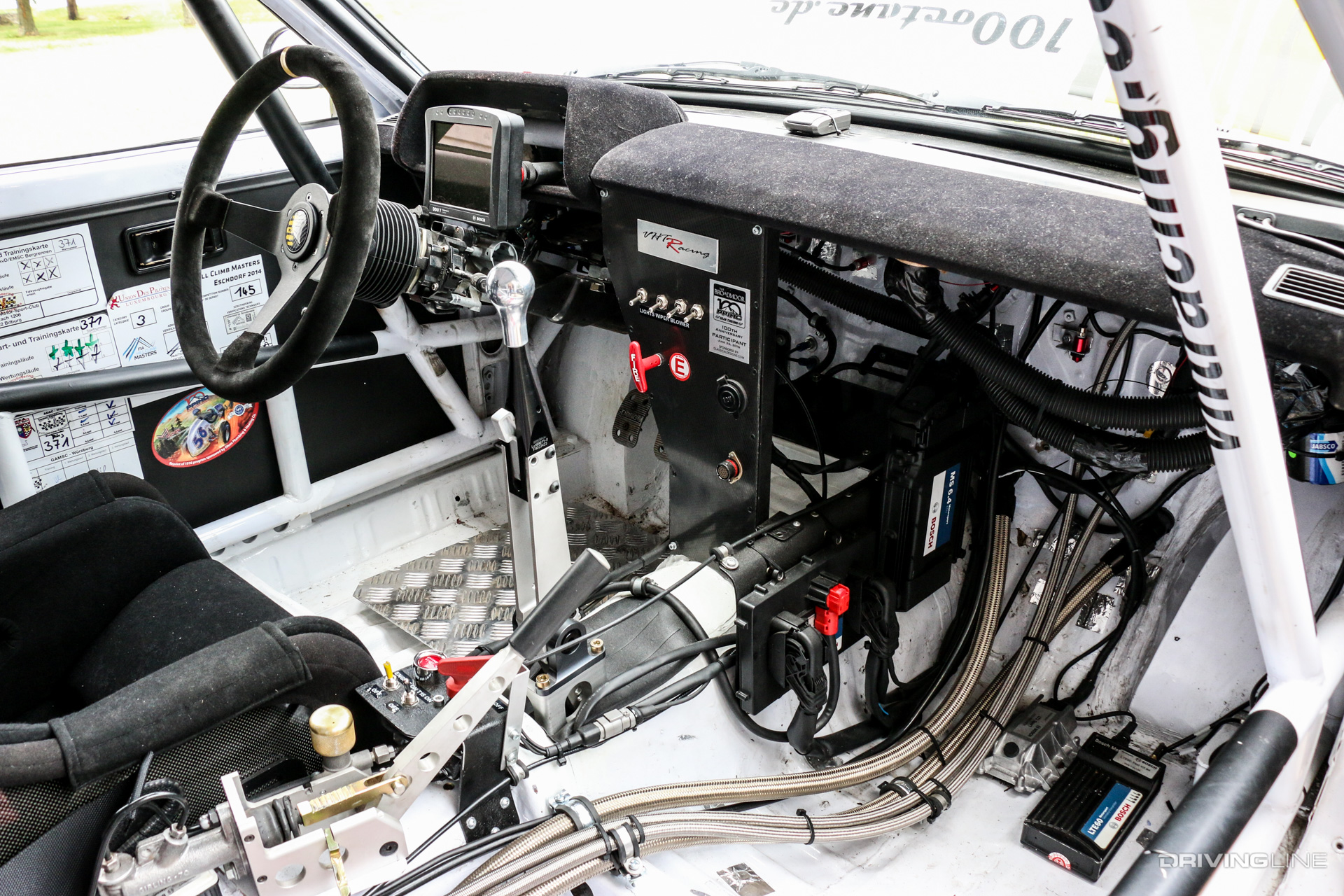
The down-to-business exterior flaunts a fiberglass front lip, hood, boot lid, a TRD-style spoiler and fiberglass wings. The 1,780-pound Starlet blasts past the competition, even when up against larger, more powerful engines.
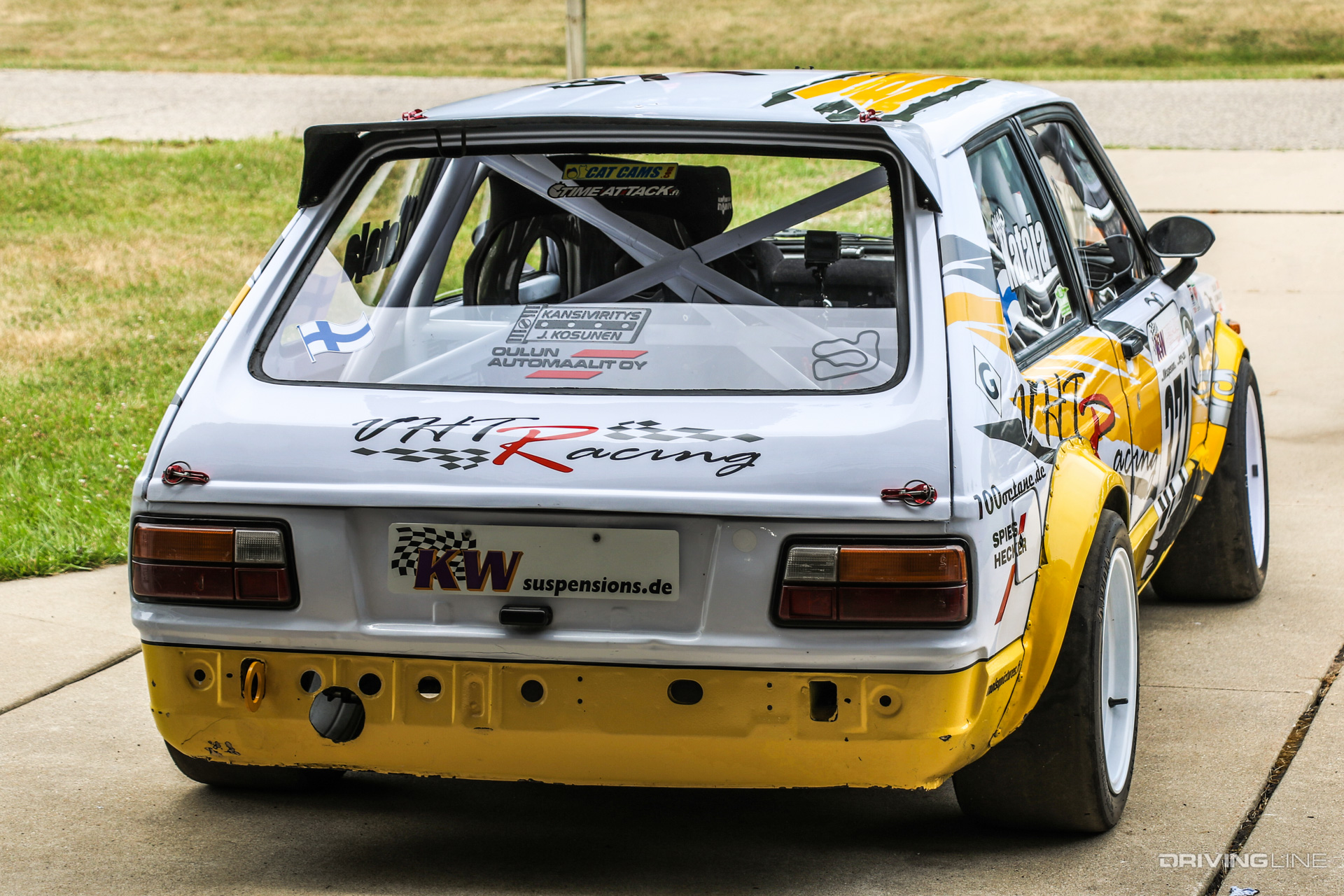
For 2017, Kataja is considering the Mt. Washington Hillclimb in New Hampshire, and most importantly, some wheel-to-wheel club racing. Just like any builder, after gaining more seat time, all bets are in that he will find more opportunities for improvement, and the cycle will continue.

















